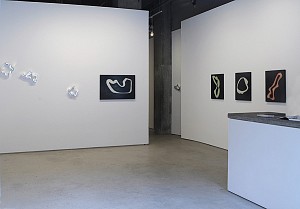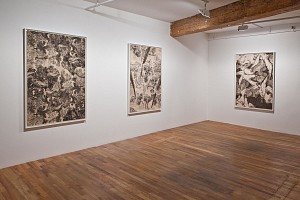WHITEHOT MAGAZINE - Brice Brown: A Thing Attains A Life
October 30, 2020 - Erik La Prade
The art and evolution of puppetry has a long historical record dating back to 4,000 years. B. C. In India, it is written about in the Mahabharata. In fact, “the Sanskrit terms sutradhara (he who holds the strings) and sutraprota (puppet), denote the earliest written accounts of puppetry in world literature.” In early ritualistic ceremonies, puppets or inanimate figures were used as stand-ins or surrogates for humans and/or deities.
Click here to read the full article
Download Article (PDF)

